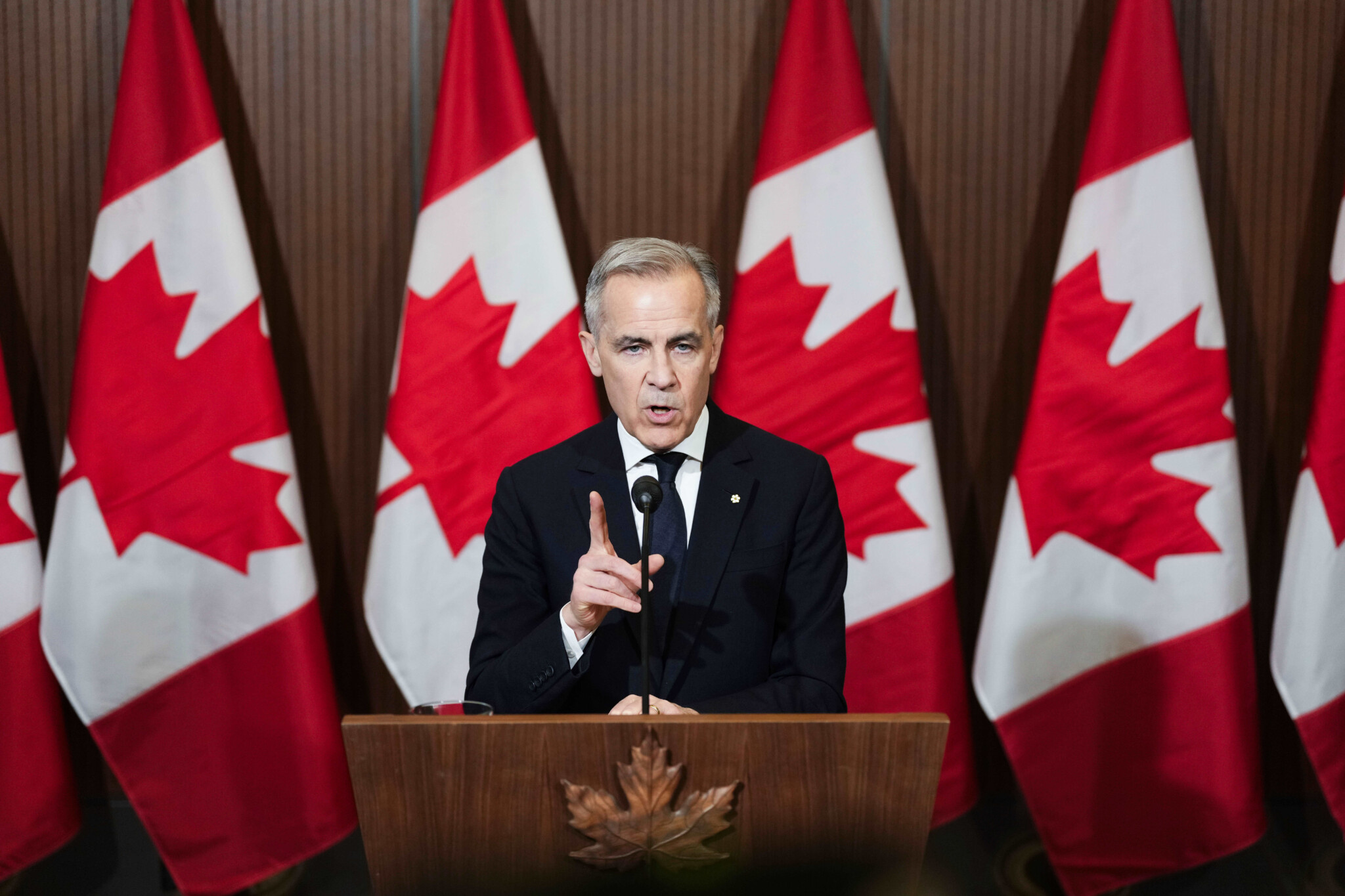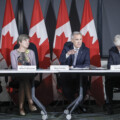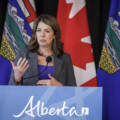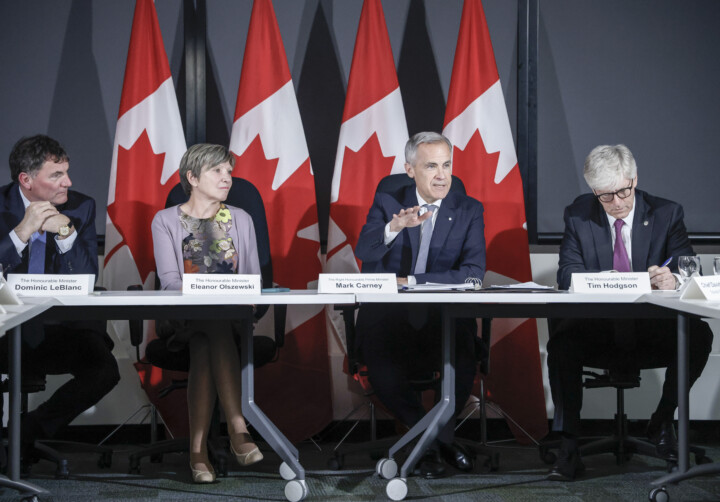In The Weekly Wrap, Sean Speer, our editor-at-large, analyses for Hub subscribers the big stories shaping politics, policy, and the economy in the week that was.
Mark Carney is right to prioritize economic growth
Perhaps the most important sentence in this week’s speech from the throne wasn’t about Donald Trump or Canada-U.S. relations or other issues that have defined the Carney government’s early days. It was this: “The Government’s overarching goal—its core mission—is to build the strongest economy in the G7.” At least directionally, it represents a departure from the Trudeau government’s discredited economic philosophy.
For nearly a decade, Canadian economic policy has been shaped by a heterodox idea: that there are no meaningful trade-offs between equity and efficiency. Equality and fairness weren’t treated merely as moral imperatives, but as central drivers of productivity and prosperity. Economic growth could, in short, come from the “heart out”—via redistribution, entitlement expansion, and progressive tax-and-transfer policies.
That assumption has now run aground on the overwhelming evidence. Productivity growth is among the worst in the OECD. Business investment remains 20 percent below 2014 levels. Canada’s GDP per capita has stagnated since 2017. Growth in disposable income has been eroded by inflation and high debt servicing costs.
Enter Prime Minister Mark Carney. His speech from the throne signals a recognition that growth must precede redistribution rather than follow it. It drops the intellectual conceit that deficit-financed social spending is somehow productivity and growth-enhancing. And it tells us that his policymaking should be more grounded in economic orthodoxy.
Of course, there are risks. A big one is that Carney’s economic agenda thus far is mostly limited to natural resources and government spending. That’s not enough. The real test for Canada’s long-term prosperity lies in more entrepreneurship and business formation where we’ve seen high numbers of business exits and low rates of business starts. Yet Carney has said little so far about how he plans to reverse these trends moving in the wrong direction.
There’s also political risk. Carney’s cabinet includes key figures from the Trudeau era. How committed are they still to Trudeau’s economic worldview? Can the new prime minister even build a pro-growth consensus within his own government?
And although the prime minister is saying the right things on economic growth, his emphasize on government playing a “catalytic role” raises concerns about the risk of rent seeking, corporate welfarism, and other problems associated with the state allocating capital and opportunity in the economy.
But for those of us who believe that boosting economic growth is a foundational priority for government—particularly in an era of secular stagnation—this early shift in tone and orientation is a positive development. It recognizes that the law of economics cannot be suspended by good intentions. Old-fashioned economic growth is still a crucial precondition for higher living standards.
Carney isn’t Milton Friedman or even Stephen Harper for that matter. He’s frankly closer to a European social democrat than a hard-core libertarian. But his renewed focus on economic growth is welcome and necessary.
Trudeau’s economic vision may have been intellectually ambitious—and even idealistic. But one of the unintended legacies of his time in office is that it exposed just how wrong it was.
Keep an eye on rising household mortgages
Harold Macmillan’s famous observation that politics is shaped by “events, dear boy, events” may soon apply to Canada’s economic debate. For months, we’ve focused on the risks represented by Donald Trump’s trade actions against Canada. But a new OECD report suggests the bigger challenge may be a domestic one: the growing costs of mortgage payments on household budgets, disposable income, and consumer spending.
The report observes that “Of the mortgages outstanding in the beginning of 2024, more than three-quarters are up for renewal by the end of 2026.” Most will be subject to higher interest rates. One estimate is that the median monthly mortgage payment could rise by over 30 percent in the next two years. The effects will ripple across the economy: disposable incomes will shrink, consumption will slow, and defaults and insolvencies may begin to rise.










